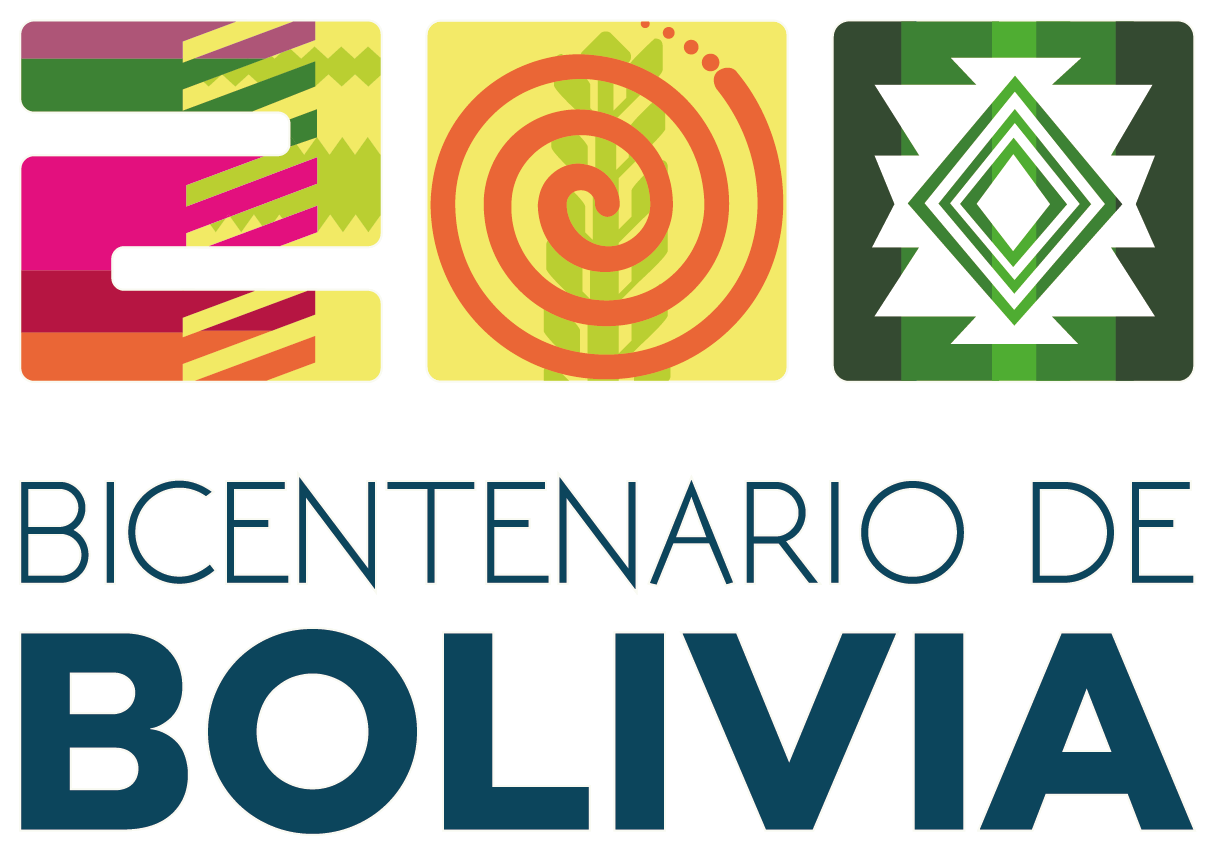About Bolivia
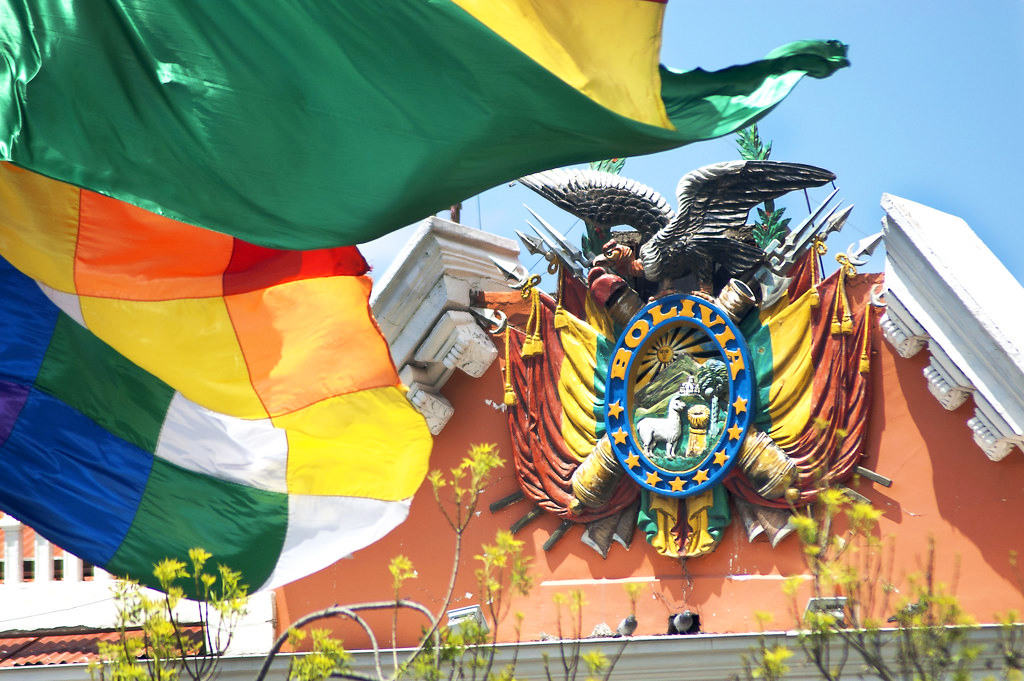
Bolivia, officially known as the Plurinational State of Bolivia, is a landlocked country in western-central South America. It shares borders with Brazil to the north and east, Paraguay and Argentina to the south, Chile to the southwest, and Peru to the west.
Bolivia is geographically diverse, featuring the Andes mountains and the Amazon Basin rainforest. The country boasts a rich cultural heritage with influences from ancient civilizations like the Tiwanaku and Inca, as well as Spanish colonial traditions.
Spanish is the primary language, but the country officially recognizes over 30 indigenous languages, including Quechua, Aymara, and Guaraní. Bolivia's economy relies on sectors like mining, agriculture, and natural gas. It also holds the largest proven reserves of lithium globally, crucial for the technology industry.
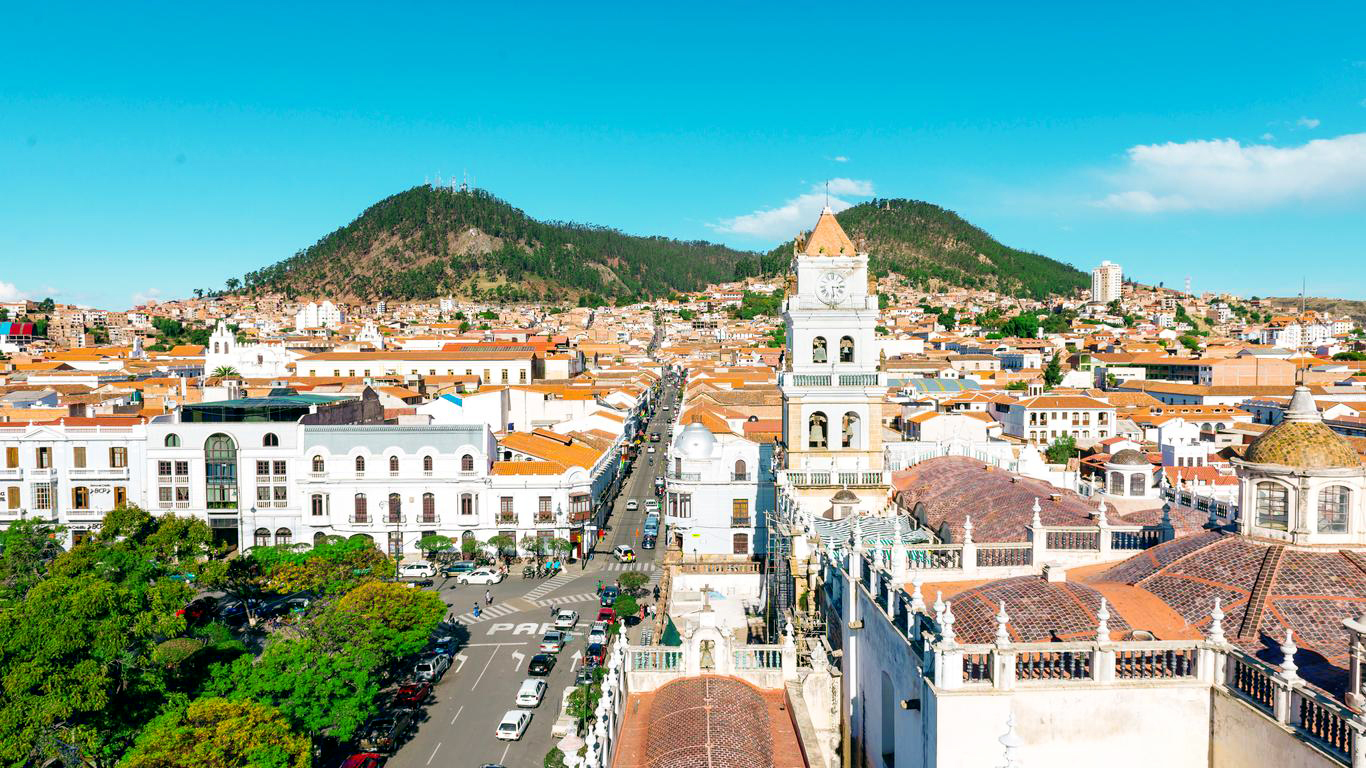
Sucre: Capital and Bicentennial City
In 2025, Bolivia commemorates 200 years of independence, a historic milestone rooted in the city of Sucre, host of this Informatics Olympiad. Known as the Cradle of American Liberty, Sucre was the scene of the continent's first cry for freedom on May 25, 1809, beginning a struggle for emancipation that would culminate in the founding of the Republic of Bolivia in 1825.
Chosen as the host of the 37th IOI for its historical significance and beauty, Sucre is an architectural and cultural jewel of Bolivia. Declared a World Heritage Site by UNESCO, Sucre has preserved its elegant colonial architecture, cobblestone streets, and academic tradition.
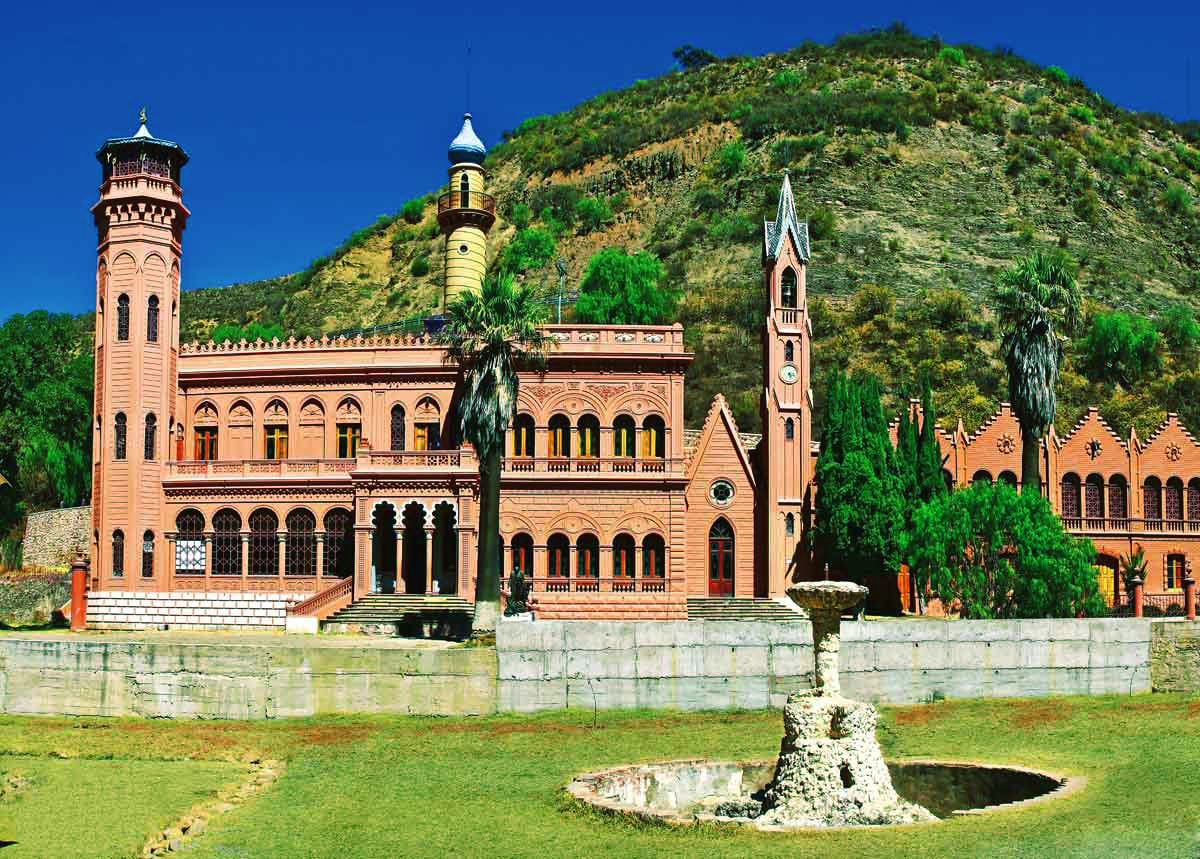
Sucre’s Historic Sites
- Casa de la Libertad: Where the Bolivian Declaration of Independence was signed on August 6, 1825. It is one of the most important historical sites in the country.
- Plaza 25 de Mayo: The heart of the historic center, surrounded by colonial buildings and a witness to great revolutionary moments.
- Universidad San Francisco Xavier: Founded in 1624, it is one of the oldest universities in the Americas and a hotbed of revolutionary thought.
- San Felipe Neri Temple: Known for its terraces with panoramic views of the city.
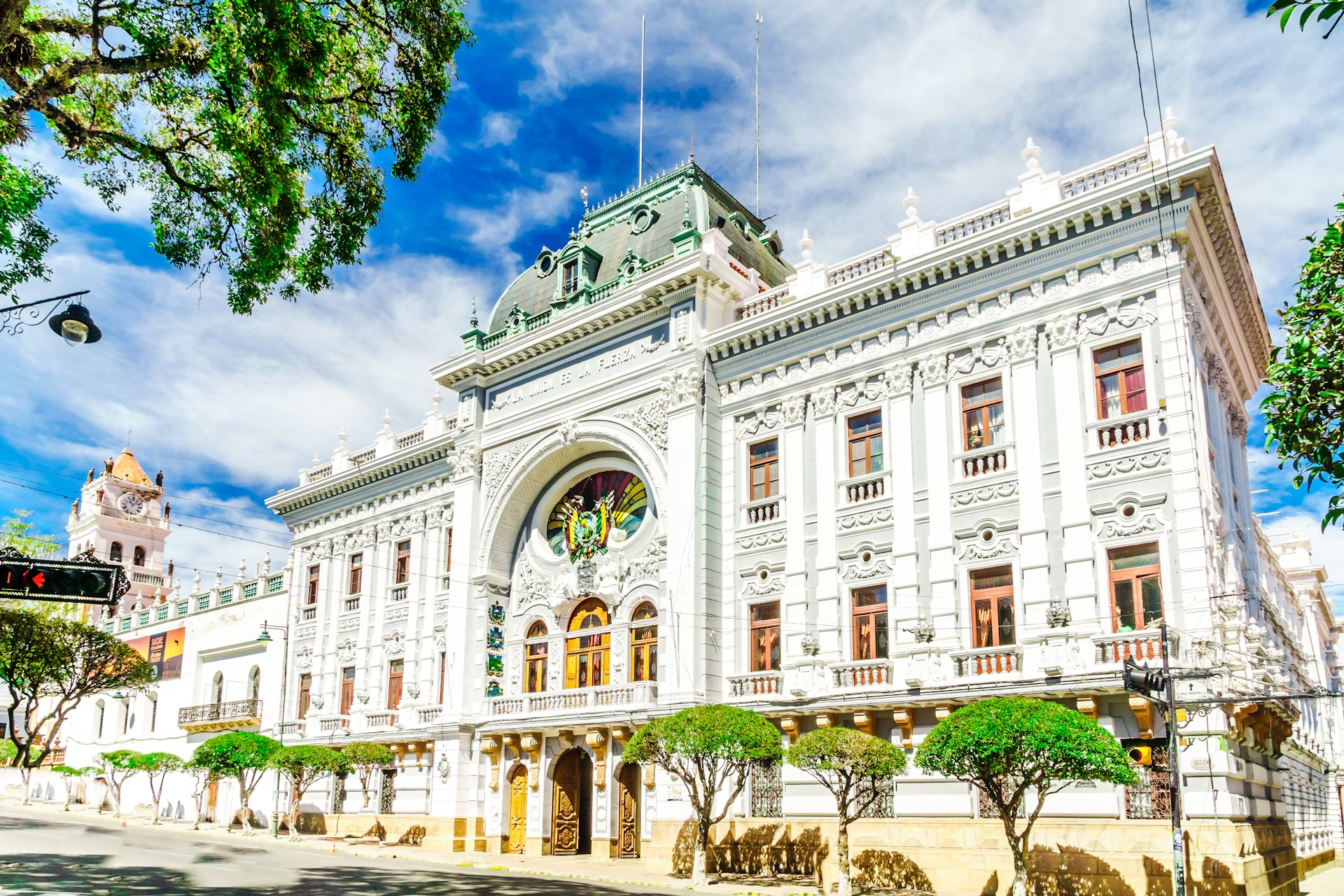
Weather in Sucre during July and August
Located at approximately 2,800 meters above sea level, Sucre enjoys a temperate high-altitude climate. During the months of July and August, which correspond to the dry season of the Bolivian Altiplano, the city experiences:
- Sunny days with mostly clear skies.
- Daytime temperatures range between 17°C and 23°C, with a warm feeling in the sun.
- Cold nights, where temperatures can drop to between 3°C and 8°C, so warm clothing is recommended.
- Very little to no rain, ensuring good conditions for travel and tourism.
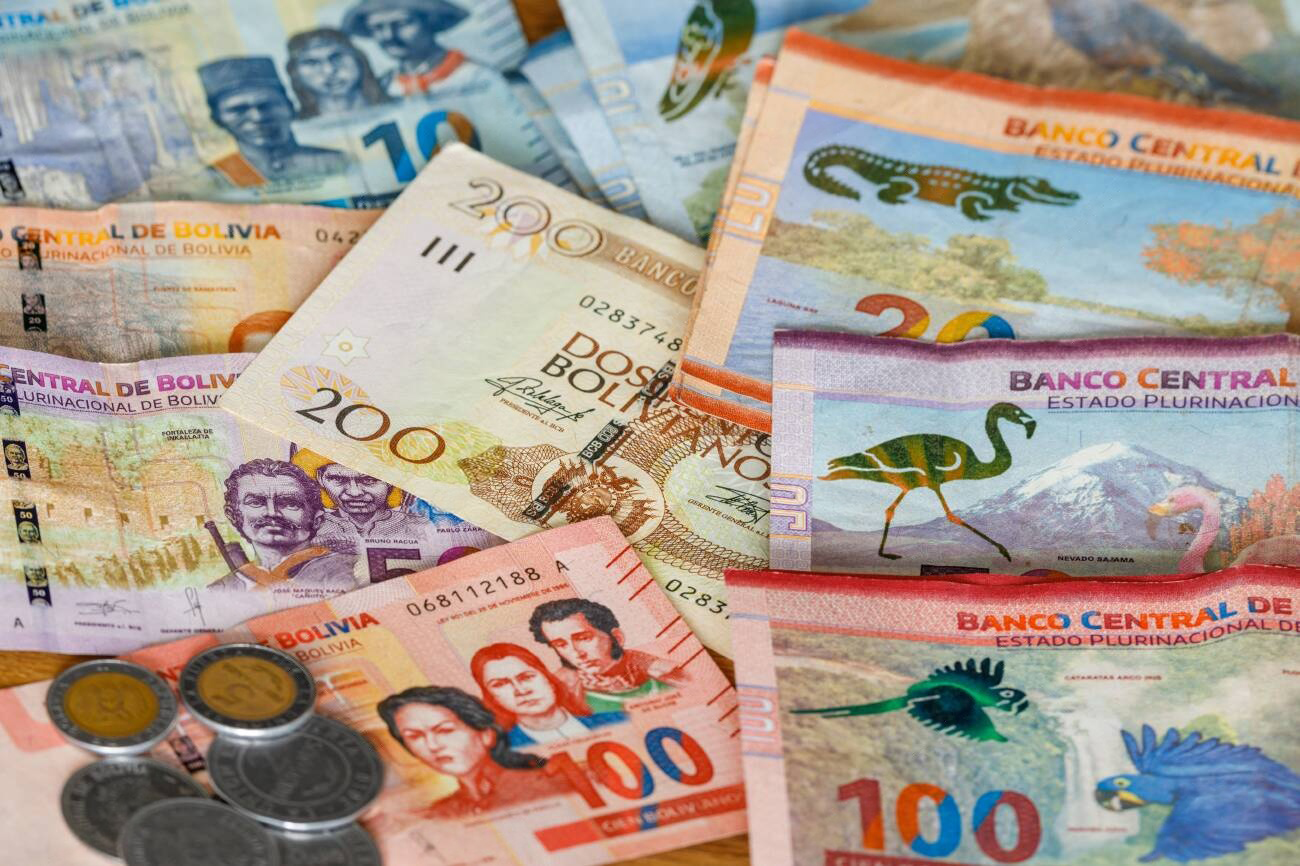
Bolivian Currency
The official currency of Bolivia is the Boliviano, whose symbol is Bs and its international code is BOB. Currently, both coins and banknotes are in circulation, with the following denominations:
- Coins: 10, 20, and 50 cents; 1, 2, and 5 bolivianos.
- Banknotes: 10, 20, 50, 100, and 200 bolivianos.
The boliviano is a stable and widely accepted currency. While US dollars are accepted in some tourist areas, it's best to exchange money at official locations. Digital payments are growing, but cash is still common, so carrying bolivianos is recommended for everyday expenses.
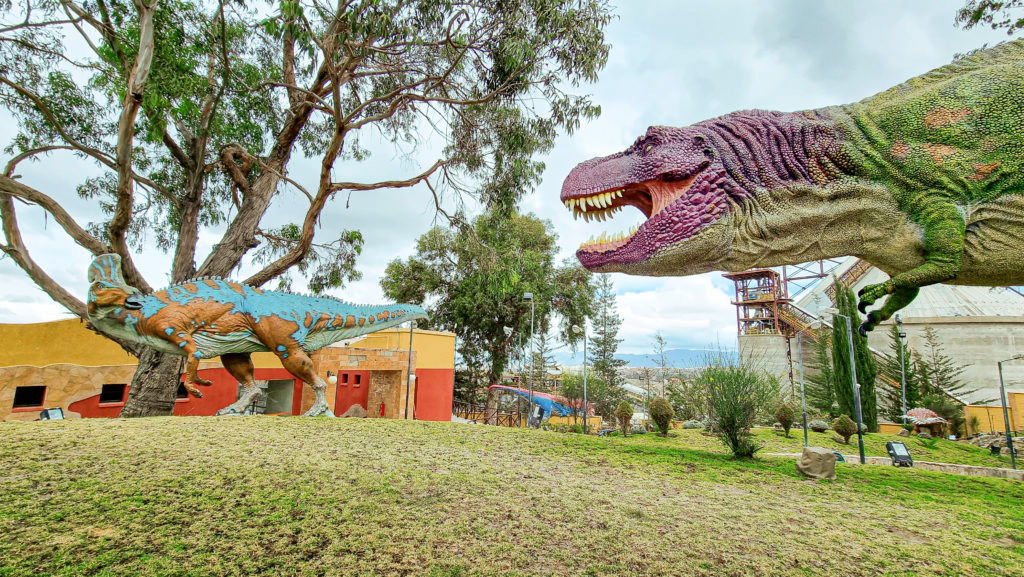
Tourism in Sucre
The White City, a World Heritage Site and the Historic Heart of Bolivia
Sucre, known as the White City of the Americas, is one of Bolivia's most beautiful and significant destinations. Founded in 1538, it is the country's constitutional capital and was declared a World Heritage Site by UNESCO in 1991 thanks to its exceptionally preserved colonial architecture and historical importance in the independence of Latin America.
What to See and Do in Sucre
- Casa de la Libertad:Historic site where Bolivia's Declaration of Independence was signed in 1825.
- Plaza 25 de Mayo:Surrounded by colonial buildings, cafes, and cultural life.
- La Recoleta:A lookout point and convent with spectacular views of the city and mountains.
- Metropolitan Cathedral and colonial temples:Featuring sacred art and Baroque architecture.
- Charcas University Museum:Art, archaeology and paleontology collections linked to the historic university.
Nature and Science
- Sucre Cretaceous Park:Displays more than 5,000 fossilized dinosaur footprints and life-size replicas.
- Siete Cascadas: Ideal for hiking and picnicking, located on the city's outskirts.

Gastronomy
Traditional Flavors in Bolivia's Historic Capital
Sucre's cuisine is a delicious representation of southern Bolivian cuisine. Influenced by indigenous roots, Spanish heritage, and local produce, Sucre offers a unique culinary experience.
Typical Dishes to Try
- Mondongo Chuquisaqueño:Pork in red chili, with corn and potato mote.
- Chorizos Chuquisaqueños:Served grilled with bread, salad, and llajwa.
- Karapecho: Beef ribs with mote, potatoes, and salad.
- Ají de papa lisa: Stew with small potatoes, yellow chili pepper and cheese.
- Tamales and humintas: Cooked or baked corn wrapped in husks, sweet or savory.
Drinks and Desserts
- Api con pastel:Hot corn drink with spices, served with fried cheese pastry.
- Cinnamon and milk ice cream: Traditional and refreshing.
- Natural juices and drinks: Made with fruits like tumbo, passion fruit, mocochinchi, and flaxseed.
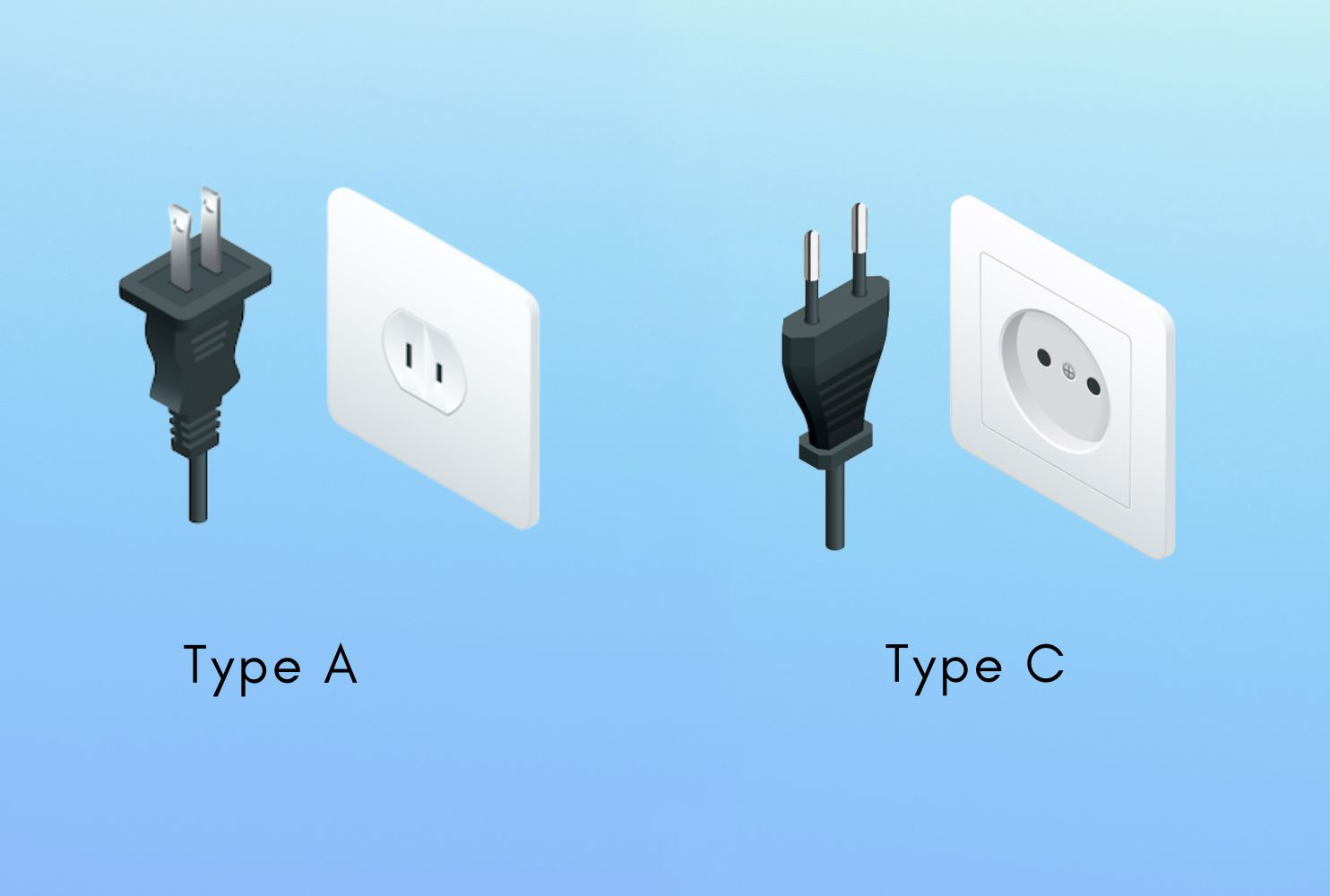
Electricity and Plugs in Bolivia
In Bolivia, the electrical supply operates with the following characteristics:
- Voltage:220V
- Frequency:50Hz
Types of Plugs Used:
- Type A:two parallel flat prongs (common in North America)
- Type C:two round prongs (common in Europe and much of South America)
Recommendation: If your device uses a different plug or is designed for 110V, we suggest bringing a plug adapter and, if necessary, a voltage converter to prevent damage. Most hotels and city centers have compatible outlets, but it's helpful to come prepared, especially if you're bringing laptops, chargers, or electronic equipment from abroad.

